Disclosure: This article contains affiliate links. We may earn a commission from purchases at no extra cost to you, which helps our travel content.
The moment I stepped off the small aircraft in Kankan, Guinea's second-largest city, I knew this journey would test every investigative instinct I'd honed over my career. Two weeks ahead of me—split between the relatively untouched cultural hub of Kankan and the sensory labyrinth of Marrakech—promised to deliver contrasts so stark they would challenge my photographic eye in ways I hadn't experienced since that fateful assignment in the Seychelles that changed my professional trajectory. As someone accustomed to reading between lines and looking beyond facades, I've found that my background in security and investigation gives me a unique perspective when documenting cultures through photography. This winter expedition across two distinct corners of Africa wasn't just about capturing compelling images—it was about uncovering the authentic heartbeat of places most travelers merely scratch the surface of.
Kankan: Guinea's Cultural Heartland Through a Detective's Lens
Kankan doesn't announce itself with grand monuments or tourist infrastructure—it reveals itself gradually to those patient enough to look closely. As someone trained to observe details others miss, I found this city's subtle rhythms particularly rewarding to document.
The city sits along the Milo River, a tributary of the Niger, creating a natural backdrop that contrasts with the earthy tones of the architecture. My first three days were spent establishing connections—a skill any good investigator develops. Through a local contact, I gained access to traditional Malinke ceremonies that few outsiders witness. The vibrant yellow and indigo fabrics worn during these events created stunning compositional opportunities against the red laterite soil that dominates the region.
Photographing in Kankan requires technical versatility. The harsh midday sun creates challenging lighting conditions, while evening ceremonies often happen in minimal lighting. My mirrorless camera proved invaluable with its exceptional dynamic range and low-light performance. For the intimate portraits I sought, the prime lens became my constant companion, allowing me to capture expressive faces while maintaining a respectful distance.
What struck me most about Kankan was the authenticity of daily life—women selling mangoes and bananas at the Grand Marché, artisans crafting intricate leather goods, and the Friday gatherings at the Grand Mosque. Unlike more touristed destinations, people here weren't posing for cameras or performing for visitors. This presented both a challenge and opportunity for documentary photography: capturing genuine moments without disrupting them.
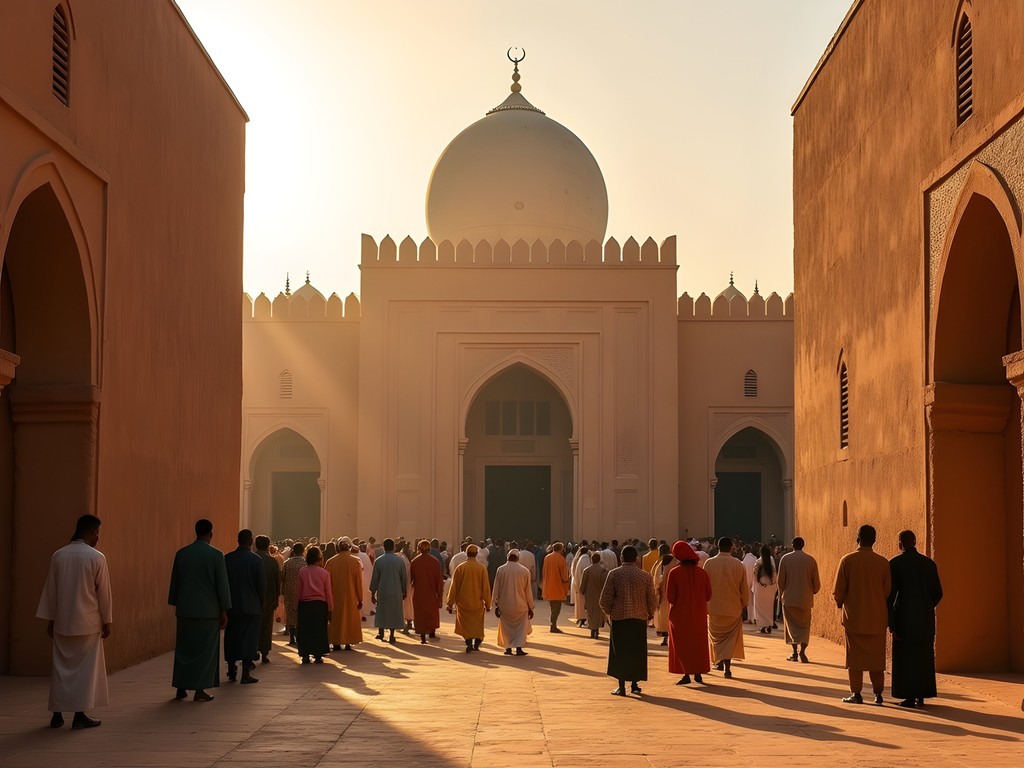
💡 Pro Tips
- Learn basic Malinke greetings to establish rapport before photographing locals
- Visit the Grand Marché early morning (6-8am) for the best light and authentic trading activities
- Always ask permission before photographing religious ceremonies or inside mosques
Navigating Security Concerns While Documenting Guinea
My background in security work has always informed my travel habits, particularly in regions less frequented by international tourists. Guinea presents unique challenges that require heightened awareness without sacrificing the immersive experience necessary for meaningful photography.
Kankan, while generally welcoming to visitors, operates with different norms regarding privacy and photography. I quickly learned that my standard approach of capturing candid street scenes needed adjustment. The most compelling images came after establishing rapport and receiving explicit permission—a practice that aligns with both ethical photography and personal safety.
For solo travelers following my path, I recommend maintaining a low profile with equipment. My camera bag doesn't scream 'expensive gear inside' and allows quick, discreet access to equipment without drawing attention. I typically carry only the essential lens for each outing rather than a full kit.
Cash management presents another challenge in Kankan, where ATMs are scarce and often unreliable. I divided my funds between a conventional wallet (carrying just enough for immediate needs) and a money belt concealed under clothing for larger amounts. This approach served me well when negotiating access to traditional ceremonies, where contributions were expected but card payments impossible.
Mobile connectivity in Guinea can be spotty, making navigation and communication challenging. Before arrival, I downloaded offline maps of Kankan and surrounding areas, marked key locations, and shared my itinerary with contacts both in-country and back home. This preparation proved invaluable when exploring remote villages along the Milo River, where my photography yielded some of the trip's most powerful images of traditional fishing techniques.
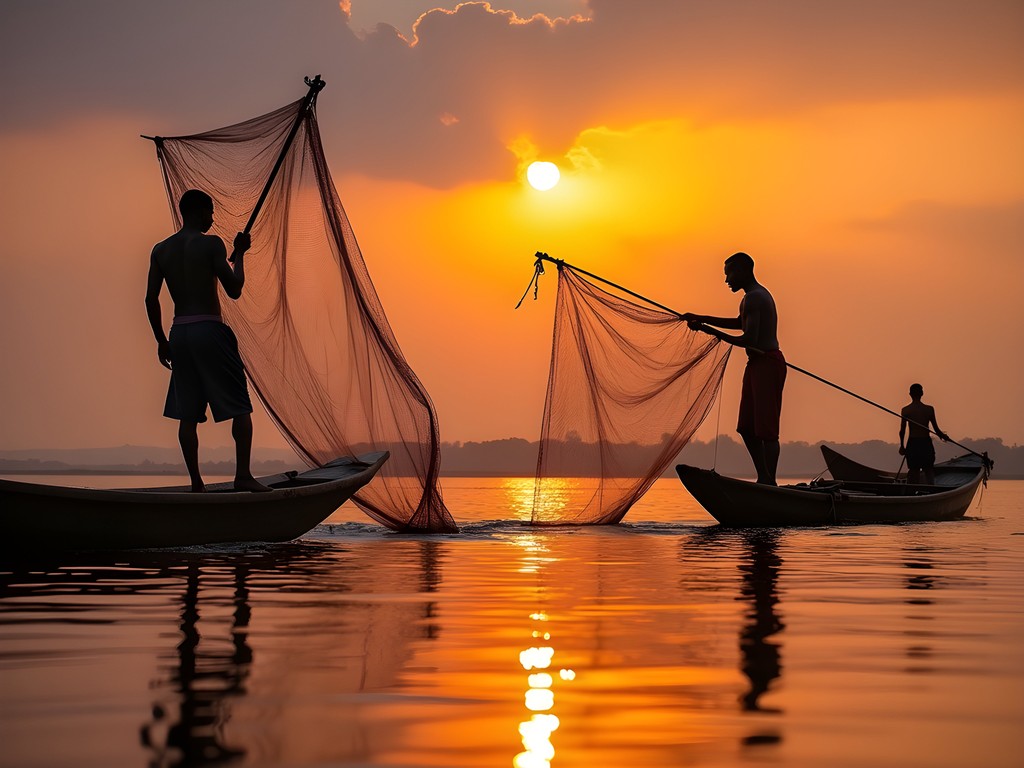
💡 Pro Tips
- Register with your embassy before arrival in Guinea
- Hire local guides through reputable hotels rather than accepting offers on the street
- Avoid photographing government buildings or officials without explicit permission
Marrakech: Where Ancient Meets Modern Through the Viewfinder
Transitioning from Kankan to Marrakech created immediate sensory whiplash. Where Kankan reveals itself slowly to the patient observer, Marrakech assaults the senses with an immediacy that can overwhelm even experienced travelers. This stark contrast provided fascinating photographic opportunities—a study in cultural juxtapositions.
The Medina of Marrakech, a UNESCO World Heritage site, presents an intricate maze where medieval architecture houses contemporary commerce. My investigative instincts served me well here, helping me map mental pathways through the labyrinthine souks while identifying authentic artisans among tourist-oriented vendors. The key photographic challenge in Marrakech isn't finding compelling subjects—they're everywhere—but rather creating compositions that cut through the visual chaos to reveal genuine moments.
I dedicated my mornings to architectural photography, capturing the interplay of light and shadow across riads, mosques, and palaces before the crowds arrived. The Ben Youssef Madrasa, with its intricate geometric patterns and serene courtyard, proved particularly rewarding for detail work with my wide-angle lens.
Afternoons found me documenting the commercial pulse of the city. Rather than focusing solely on the tourist-heavy main squares, I followed supply chains backward—from spice vendors to the wholesale markets where they source their goods, from leather sellers to the tanneries where hides are processed using centuries-old techniques. This investigative approach yielded images that tell deeper stories about Moroccan commerce and craftsmanship.
As dusk approached each day, I positioned myself for the remarkable transformation of Jemaa el-Fnaa square. What functions as an ordinary market by day evolves into a performance space filled with storytellers, musicians, and food vendors by night. The challenging low-light conditions pushed my equipment to its limits, but the resulting images capture the square's unique energy in ways that daylight photography simply cannot.

💡 Pro Tips
- Photograph Jemaa el-Fnaa from elevated positions (café terraces) for compositional context
- Use a 35mm or 50mm prime lens in the souks for versatility in tight spaces
- Visit Bahia Palace when it first opens (around 9am) to photograph the courtyards before tour groups arrive
Cultural Photography Ethics: Lessons from Two Worlds
Moving between Guinea and Morocco within a single trip highlighted crucial ethical considerations for documentary photography—considerations that my background in investigation has made me particularly sensitive to.
In Kankan, where tourism remains relatively uncommon, my camera often created immediate barriers. I quickly learned to leave equipment behind during initial interactions, focusing instead on building relationships that might later allow for more intimate photographic access. This approach aligned with local cultural expectations around privacy and representation.
Conversely, in Marrakech, many subjects actively sought to be photographed—but often with the expectation of compensation. This commercialization of photography presents different ethical challenges. When is a photograph an authentic cultural document versus a commercial transaction? I found myself gravitating toward candid street photography in less touristed neighborhoods like Kasbah and Mellah, where interactions felt more genuine.
The contrast between these approaches underscored a fundamental truth about cultural photography: context dictates ethics. What works respectfully in one setting may be inappropriate or exploitative in another. My investigative background has taught me to read social cues carefully, and this skill proved invaluable in navigating these nuanced situations.
For serious photographers undertaking similar journeys, I recommend carrying small prints of your previous work. In both locations, showing examples of how I approach photographic storytelling helped establish trust and communicate my intentions beyond language barriers. A portable photo printer allows you to create instant gifts for subjects—a practice I found particularly meaningful in rural Guinean communities where photographs remain relatively rare possessions.
Ultimately, the most powerful images from both locations came not from technical excellence but from genuine human connection—moments where my camera became not a barrier between cultures but a bridge connecting them.
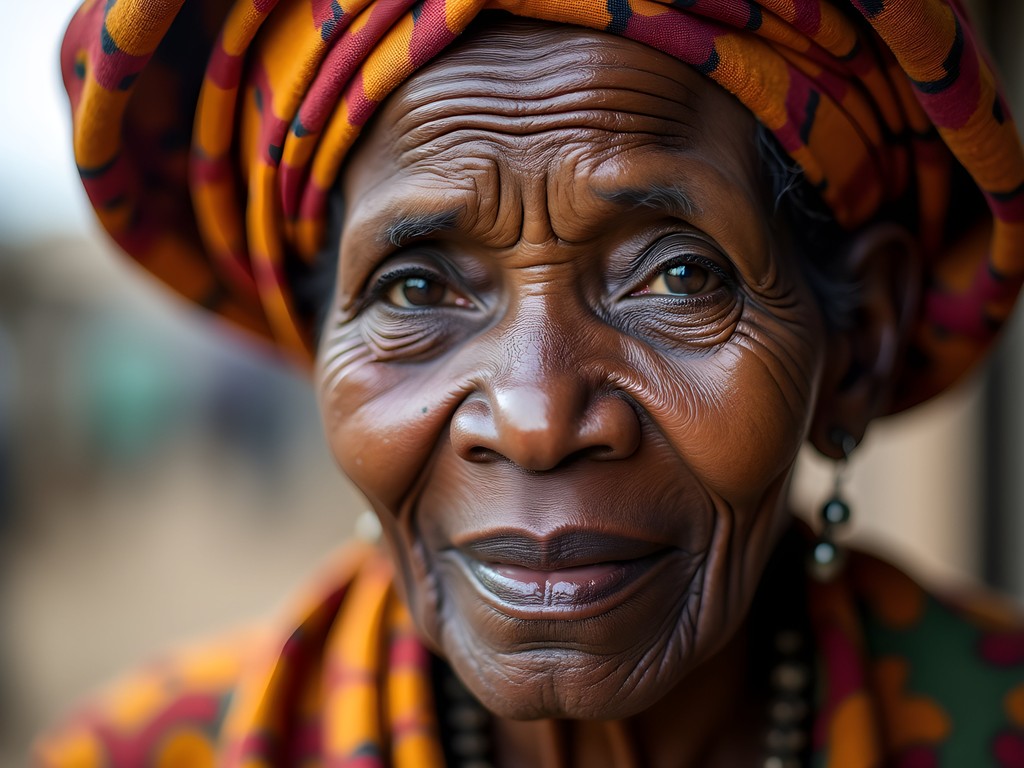
💡 Pro Tips
- Learn to ask for photo permission in local languages (Arabic/French in Morocco, Malinke/French in Guinea)
- Show subjects their images on your camera's LCD screen as a gesture of respect and transparency
- Consider bringing a portable printer to give prints to people you photograph, especially in remote areas
Technical Challenges: Adapting Your Photography Kit Between Environments
The technical demands of photographing these two distinct environments required careful equipment planning and adaptability. My experience has taught me that versatility trumps specialization when covering such contrasting locations.
Kankan presented significant challenges with dust and humidity. The fine laterite dust infiltrates equipment relentlessly, while humidity levels near the Milo River can fog lenses and promote fungal growth on optical elements. I maintained a rigorous cleaning routine using a sensor cleaning kit and stored equipment in sealed bags with silica gel packets each night.
Lighting conditions in Guinea tend toward extremes—harsh midday sun creates problematic contrast, while indoor spaces often have minimal illumination. I relied heavily on natural light techniques, shooting during golden hours when possible and using doorways and shade for impromptu portrait studios. My camera's excellent dynamic range handled the contrast admirably, though I often bracketed exposures as insurance for particularly challenging scenes.
Marrakech presented different technical hurdles. The Medina's narrow alleys create dramatic light-to-shadow transitions that exceed even the best sensor's dynamic range. I found myself constantly adjusting exposure settings while moving between sun-drenched courtyards and dimly lit souks. The city's distinctive color palette—dominated by salmon-pink walls, blue accents, and vibrant textiles—also required careful white balance management to render accurately.
For both locations, I traveled with two camera bodies to avoid lens changes in dusty conditions. My primary kit included a full-frame mirrorless body paired with 24-70mm f/2.8 and 70-200mm f/4 zooms for versatility, plus a 35mm f/1.4 prime for low-light work. This combination handled approximately 90% of shooting situations across both countries.
Perhaps the most valuable technical lesson from this journey was the importance of backup workflows. Limited internet connectivity in both locations made cloud storage unreliable. Instead, I traveled with multiple memory cards, a portable external drive, and a laptop for redundant backups each evening—a practice that paid dividends when one memory card failed after a day photographing Kankan's riverside communities.
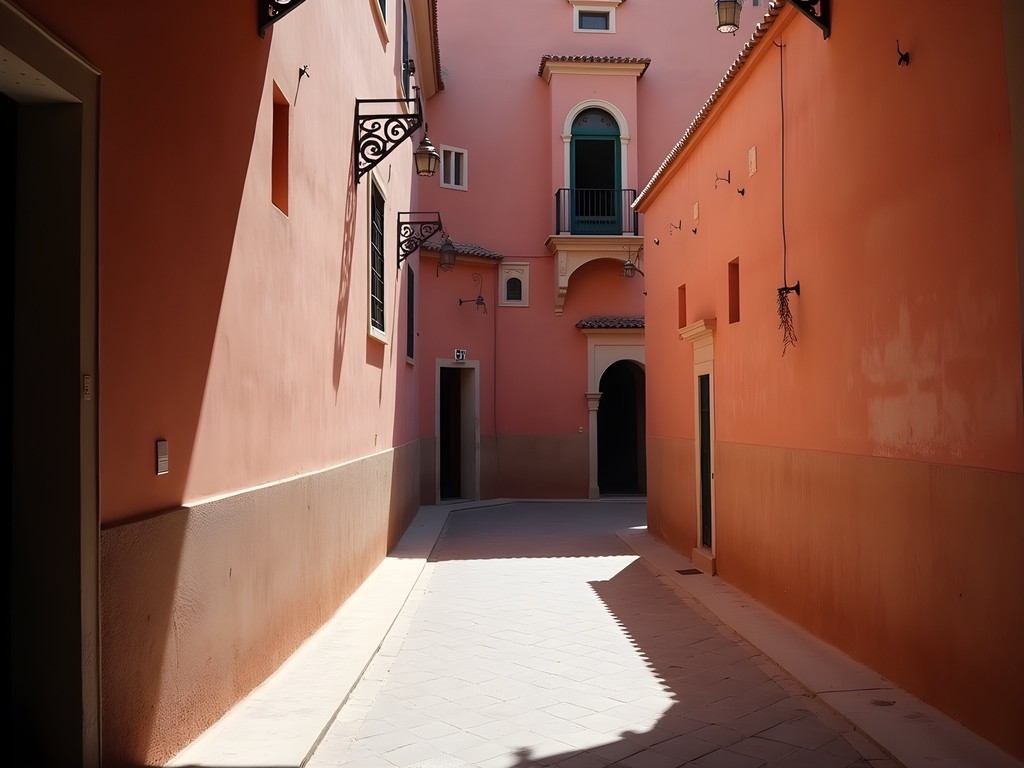
💡 Pro Tips
- Bring twice as many memory cards as you think you'll need—replacement options are limited in both locations
- Use a rocket blower for daily sensor cleaning rather than waiting for visible dust spots
- Set your camera to write to two cards simultaneously if your model supports it—the backup is invaluable
Final Thoughts
As my journey between Kankan and Marrakech concluded, I found myself reflecting on how these contrasting environments had challenged and expanded my photographic vision. Guinea offered raw authenticity—moments uncurated for outside eyes—while Morocco presented carefully composed cultural experiences that nonetheless contained profound truths when one looked beyond the surface. The investigator in me recognized that neither approach was more 'real' than the other; they simply represented different expressions of how cultures present themselves to the world. For photographers seeking to document cultural contrasts, this West African pairing offers extraordinary opportunities to develop both technical skills and ethical awareness. The images I've brought home tell stories of communities separated by vast distances yet connected by the rhythms of markets, the importance of faith, and the universal language of hospitality. Whether you're drawn to the untouched authenticity of Kankan or the sensory spectacle of Marrakech, approach with respect, technical preparation, and an investigative mindset—the resulting photographs will transcend mere documentation to reveal deeper truths about our shared humanity.
✨ Key Takeaways
- Building genuine connections before photographing yields more authentic images than pursuing the 'perfect shot' with strangers
- Different cultural contexts require different ethical approaches to photography—what works in Guinea may not work in Morocco
- Technical versatility and equipment redundancy are essential when photographing contrasting environments
- The investigative mindset—looking beyond obvious scenes to uncover deeper stories—produces more compelling travel photography
📋 Practical Information
Best Time to Visit
November-February (dry season in Guinea, comfortable temperatures in Morocco)
Budget Estimate
$3,000-$4,500 for two weeks (excluding international flights)
Recommended Duration
Minimum 10 days (4 days Kankan, 6 days Marrakech)
Difficulty Level
Challenging


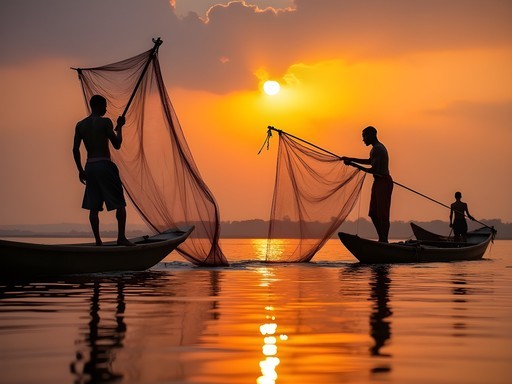


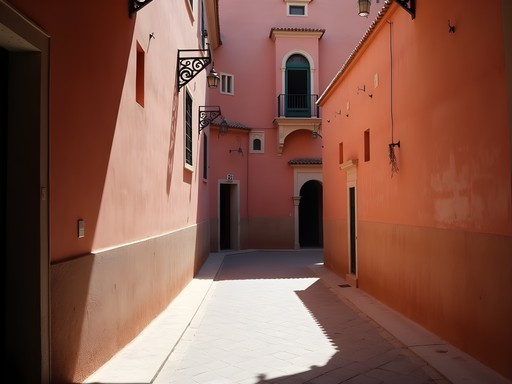








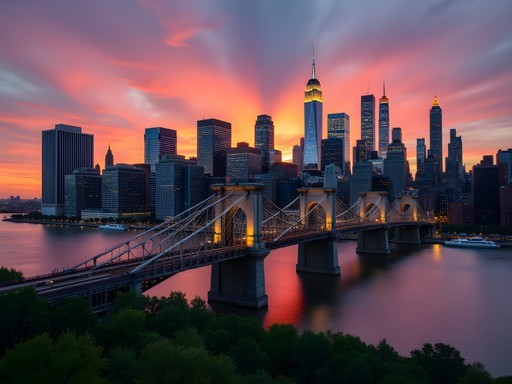
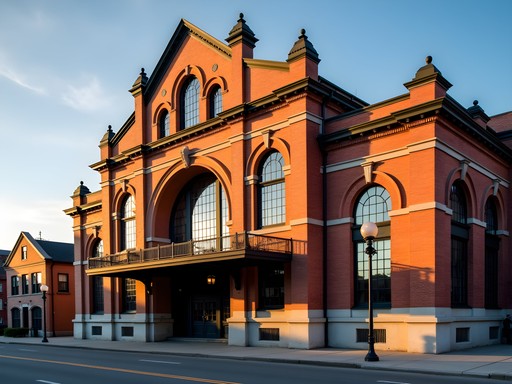
Comments
photofan8748
Planning a Morocco trip next spring and your Marrakech section was super helpful! Did you find it easy to navigate without speaking Arabic or French? Also, was it difficult transitioning between such different environments in one trip?
Douglas Murray
In Marrakech, you can get by with English in tourist areas, but having basic French phrases helped tremendously in less-visited spots. The transition was jarring - Guinea is raw and unfiltered while Marrakech has a polished tourist infrastructure. Give yourself a couple days to adjust if doing a similar trip!
photofan8748
Thanks so much for the advice! Will definitely brush up on my French before going.
Marco Flores
This post resonates deeply with me. I spent three weeks in Marrakech last year documenting the contrast between the old medina and new city. The ethical considerations you mentioned about photographing locals hit home - I developed a habit of buying something small from vendors before asking to take their photo, which usually led to wonderful conversations and better, more authentic images. I never made it to Guinea though - your photos make me want to expand my West African travels! Did you find your investigative background helped with navigating the cultural complexities? I often feel like half detective, half artist when doing cultural photography.
oceanadventurer
Marco - I use that same technique with vendors! Works every time. Did you visit Essaouira while in Morocco? Completely different vibe from Marrakech.
Marco Flores
Yes! Essaouira was magical - those blue boats against the fortress walls made for incredible compositions. Much more relaxed than Marrakech. I used my prime lens for most shots there - perfect for the narrow streets and harbor scenes.
starninja8371
Those colors in the Marrakech market photos are INCREDIBLE! What camera settings did you use to capture those vibrant scenes?
oceanadventurer
Fascinating contrast between these two places! How did you handle the security concerns in Guinea? I've always been curious about West Africa but hesitant because of safety issues.
photofan8748
I'm wondering about this too! Especially as someone who loves photography but worries about how locals might react to cameras in sensitive areas.
Douglas Murray
Thanks for asking! In Guinea, I always hired local guides who knew which areas were safe for photography. I also kept a low profile - using a smaller camera rather than my full DSLR setup in many situations, and always asked permission before photographing people. Building rapport first was essential.
happywanderer
Really appreciated the section on photography ethics. I've struggled with this in my travels - wanting to capture authentic moments without being intrusive. Your approach of spending time building rapport before taking photos makes so much sense. Did you find yourself missing shots because of this more deliberate approach?
freetime
Never even heard of Kankan before this post. Thanks for highlighting places off the typical tourist path!
cityfan3397
Those rooftop shots of Marrakech at sunset are AMAZING!! 😍 Definitely on my bucket list now!
backpackchamp
Planning to visit Morocco next year. How difficult was it to travel between cities? Did you use public transport or hire a driver?
cityfan3397
Not the author but I was in Morocco last month. The trains between major cities are excellent! Comfortable and affordable. For smaller places you'll need a grand taxi or tour.
backpackchamp
Thanks for the info! Did you feel safe traveling solo?
cityfan3397
Yep! Just use common sense. I used my anti-theft daypack in busy areas and had zero issues.
Jean Wells
Your juxtaposition of these two distinct cultural environments provides a thoughtful meditation on how we as photographers interact with unfamiliar spaces. I've spent considerable time documenting traditional markets across Asia, and I've found that the approach must be tailored to each cultural context. In Kankan, it appears you encountered what I would call 'cautious openness' - a phenomenon I've observed in less-touristed regions where curiosity often outweighs suspicion. Your section on security concerns while photographing in Guinea resonated deeply with me. I employ similar techniques of working with local guides and maintaining low profiles in sensitive areas. Have you considered returning to either location for a more extended documentary project?
happywanderer
Jean - I've used local guides in Morocco too and it made all the difference. Not just for safety but for accessing places tourists don't normally see.
Jean Wells
Absolutely, @happywanderer. A good local guide transforms the experience entirely. They can negotiate cultural boundaries that would otherwise remain invisible to outsiders.
adventurepro
What camera setup did you use for low light situations in the Kankan markets? Those shots are stunning!
Venture X
Premium card with 2X miles, $300 travel credit, Priority Pass